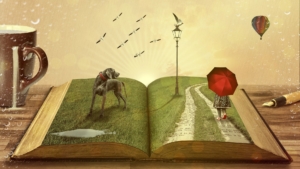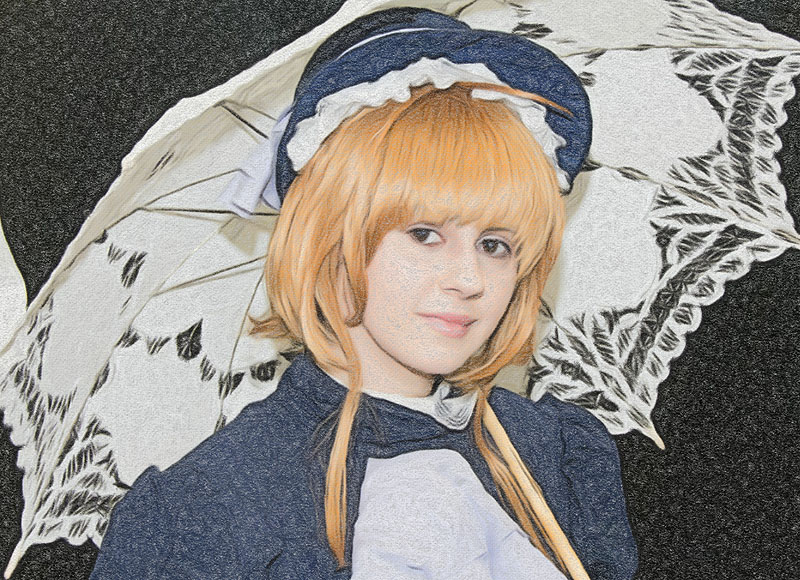Brainstorming to Your Novel’s Success
Write Your Brainstorming Ideas as They Come to You
Brainstorming is one of my most useful writing tools. It helps me find my stories within the jumble of ideas. Disjointed ideas fly through my brain at random times, like when I’m in the shower or just about to fall asleep. When I brainstorm I ask important questions like: How should my story start? How should this scene end? What are my characters personalities? What would my antagonist say when the protagonist is down? How should I kill that character? Should there be a sex scene?
To brainstorm, remove yourself from distractions. Close the door to your study and let nothing interrupt your thoughts. Relax. Take several deep breaths to clear your mind of interruptions to your creativity.
Find Your Story Through Brainstorming
What is your goal?
“Take time to deliberate; but when the time for action arrives, stop thinking and go in.” ― Andrew Jackson
What are you trying to achieve? The entire plot or what a character would say in a certain situation? From developing a plot line to creating character quotations, these are good starting points to brainstorm. What requirements (or limits) should your thoughts stay within?
“Poirot,” I said. “I have been thinking.” “An admirable exercise my friend. Continue it.” ― Agatha Christie, Peril at End House
Who will read your work? Will these ideas go into your novel or blog post? You know your audience. They will keep you within the boundaries of your characters and prevent you from diverting from their goals. Have traits of your protagonist in mind beforehand. This will keep you focused as your develop your story. How will one character mesh with your other characters? Brainstorm these questions.
It may be a good idea to start with a clean sheet of paper, perhaps a note book or office tablet for ample room. Write your brainstorming topic on the top of the page. Also place today’s date on the corner to help you come back to review your ideas at a later date. Again, whatever amount of paper you may think you need, make sure there’s more room.
Let Your Brain Loose
“The best time for planning a book is while you’re doing the dishes.” ― Agatha
Christie
Ask the specific question(s), let your mind wonder to the question and random images will come to mind. Jot everything down – everything no matter how bizarre it seems at the moment. Do not be judgmental on what comes to your mind. Jot it down. Brainstorming is about letting go and letting your creative thoughts come forth.
Write your ideas as they come to you. Keep those pesky voices of the past like elementary school teachers who told you how wrong your grammar and spelling inaccuracies. Those things are not important while you brainstorm. Any and every idea that comes to your mind is worth jotting down. Remember, these new creative thoughts and words may not make sense while you brainstorm. Any written thoughts may produce results you’re looking for, but offer more ideas for your characters, scenes and/or plot.
You may brainstorm if you want, or until your brain hurts. If you wish, you could time yourself for each creativity session. Since you were away from your other responsibilities, you may need to return to them.
Evaluate What You Brought Forth.
“When the mind is thinking, it is talking to itself.” ― Plato
When you believe you have exhausted all your creative thoughts on the subject, stand up, take a few breaths and stretch. If you cannot put down any other ideas on the paper, this topic is finished. Again, with the title of your topic and date on top, you can come back again to re-start your brainstorming process on that topic. Think again on the subject and pour over your creative list. If you haven’t found what you are looking for, brainstorm again now, or later.
Now you have created ideas to get you writing. You can turn your, messy, chaotic creation into your next blockbuster novel.
A book in itself is unlikely to make or break you, but it is a powerful extension of your business or blog. More…
Tell everyone about your stories. More…
Need more help brainstorming your story? More…
Don’t forget to edit your character’s story. Are you using the right words to describe them? More …
Start Writing Now – This book is for the dreamers who say one day they will write their stories and become a writer. Then they forget their dreams of writing. But they can write now – write those stories now. I mean right now.
How Not To Write A One Star Novel – Do you want to create a five star novel? Learn from other writers’ mistakes and prevent yourself from receiving any one star reviews for you hard work. Here is your free e-book.






